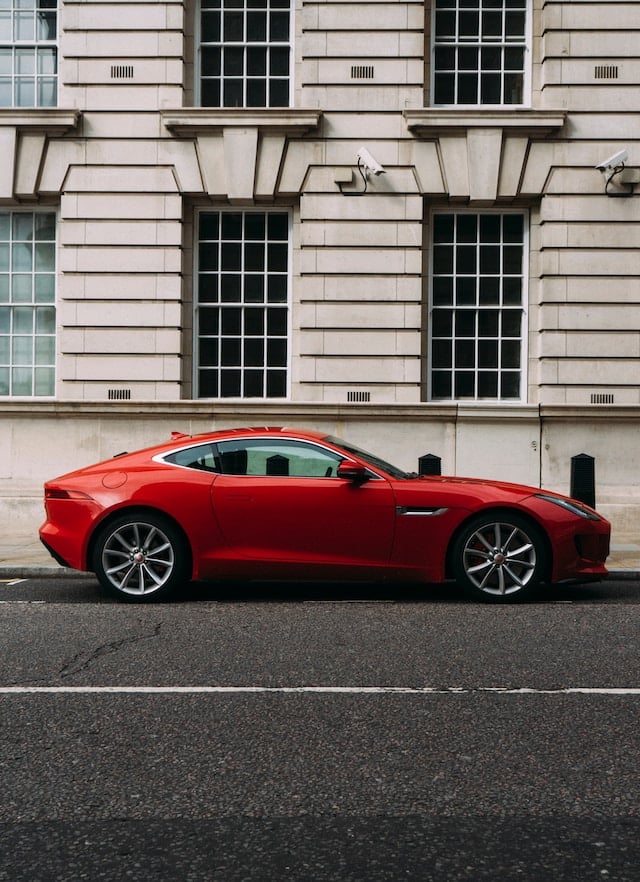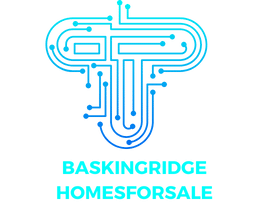How Can UK Urban Boutiques Use Pop-up Events to Drive Foot Traffic?

As a retailer, the need to infuse creativity and innovation into your business strategy can never be overemphasized. Your customers need a compelling reason to visit your brick-and-mortar store as opposed to simply shopping online. If you are in the retail business in the UK metro scene, you might want to consider using pop-up events as a strategy to drive foot traffic to your boutique. So how exactly can you utilize this concept to bolster your in-store visits and, consequently, your overall sales?
Why Pop-up Events are Relevant in Today's Retail Landscape
In today’s retail landscape, stores are not just about shelving and selling products. They have evolved into experiential spaces where brands connect with customers in meaningful and memorable ways. While online shopping offers convenience, it lacks the tangible, sensory experience that physical shopping provides.
Sujet a lire : What Are the Effective Ways UK SMEs Can Use Facebook Ads for Targeted Marketing?
Pop-up events offer a unique platform for brands to create a immersive, multi-sensory experience that customers can't get online. They are temporary, often event-driven, retail spaces that allow brands to engage customers in an innovative, often entertaining way. Think of them as limited-time offers that create a sense of urgency and exclusivity, prompting customers to visit a physical store before they miss out.
Fashion brands, for example, have used pop-up shops to showcase new collections, create social media buzz or test a new market. These events can be tailored to fit any brand narrative or marketing goal, making them a versatile tool in every retailer's arsenal.
A lire aussi : What Are the Essential Features for Building a Secure Online Payment Gateway for UK E-commerce?
Seamlessly Integrating Pop-Up Events with Your Retail Strategy
Before launching your pop-up event, it's crucial to align it with your overall retail strategy. The key here lies in understanding what your brand stands for and what your customers expect from you.
Firstly, identify the products or collections that you want to promote through the pop-up event. This could be a new arrival, a seasonal collection, or even a niche product line that aligns with the theme of the event.
Next, select a suitable location. It doesn't always have to be your store – think of creative spaces like art galleries, rooftops, or even a park that fits with your brand aesthetic.
Ensure that your event offers an engaging experience that aligns with your brand identity. The aim here is to create a lasting impression that goes beyond the event and compels customers to revisit your store.
Harnessing Technology for Enhanced Pop-Up Experiences
Technology has become an integral part of the retail experience. And pop-up events are no exception. By integrating technology, you can make the shopping experience more interactive, personalised and seamless.
For instance, digital signage can be used to display promotional content or information about the products on display. Augmented Reality (AR) and Virtual Reality (VR) can enable shoppers to virtually try on clothes or accessories, enhancing their shopping experience.
Also, consider using social media to amplify the reach of your pop-up event. Live streaming the event or creating a unique event hashtag can stir up online conversations and draw more attention to your brand.
Remember, technology should not overshadow the primary purpose of the event. It should instead enhance the shopping experience, making it more engaging and memorable for the customers.
Tailoring Your Pop-Up Event to Your Target Audience
A successful pop-up event is one that resonates with its target audience. Therefore, it's essential to understand your customers and tailor the experience to their preferences.
For example, if your target audience is the environmentally-conscious millennial demographic, consider hosting a pop-up event that showcases your brand's commitment to sustainability. This could mean featuring ethically-sourced products, or even partnering with a local environmental charity.
Also, consider the timing of your event. If your customers are mostly working professionals, a weeknight or weekend event may be more suitable.
Ensuring a Smooth Event Management Process
Retaliers must ensure a smooth event management process for pop-up events to succeed. This includes careful planning, organizing, and executing each step of the event.
Start by assigning a dedicated team or individual to oversee the event. This person should have a clear understanding of your brand, the event's objective, and the overall retail strategy.
Also, consider partnering with other local businesses or influencers to increase your event's reach and engagement. A well-executed partnership can help bring in new customers who might not have visited your store otherwise.
Lastly, don't forget the post-event activities. This could include sending thank you emails to attendees or sharing highlights from the event on your social media platforms. It's also a good idea to collect feedback from attendees to improve future events.
With careful planning and execution, pop-up events can be a powerful tool for driving foot traffic to your urban boutique. Not only can they create excitement around your brand, but they can also deepen customer relationships and boost sales.
The Role of Real Estate and Location in Pop-Up Success
Location is critical when it comes to the success of your pop-up store. Where you decide to set up your pop-up shop can significantly influence the foot traffic that comes in. Hence, taking the real estate aspect of your pop-up event into consideration is essential.
When choosing a location, delve into the demographics of the area, the type of businesses that thrive there, and its accessibility. It isn't just about securing the most fashionable or popular locale. It's about understanding where your target customer frequents and setting up shop in a location that aligns with your brand image.
If your brand leans towards the eco-friendly side, consider utilising a shipping container for your pop-up event. Shipping containers offer a unique aesthetic that perfectly suits an eco-conscious brand. Moreover, it is a form of recycling, further promoting your sustainability efforts.
Finally, don't limit yourself to the confines of your brick and mortar store. Be innovative! Museums, festivals, or even busy streets can provide the perfect backdrop for an immersive shopping experience that captivates potential customers.
Mastering Inventory Management for Your Pop-Up Event
Inventory management is a key factor that can make or break your pop-up event. Proper planning ensures that you have the right products, in the right quantities, at the right time.
Start by identifying the products that will feature in your pop-up store. This could be your best sellers, new arrivals, or items that tie into an overarching theme. However, be careful not to overwhelm the customer with too many options. Keep the selection curated and focused.
Next, set up systems to monitor your inventory levels in real-time. This ensures that you avoid running out of stock and disappointing customers. Consider using a mobile point-of-sale (POS) system. This offers an efficient means to track sales, manage inventory, and analyse performance data for your pop-up shops.
Combine your inventory management with excellent customer service. Train your staff to be knowledgeable about the products, and to provide helpful and friendly service. This elevates the customer experience, making it more likely they will return to your physical stores in the future.
Conclusion: The Power of Pop-Up Events for Urban Boutiques
In conclusion, pop-up events present an exceptional opportunity for urban boutiques in the UK to drive foot traffic and enhance the overall customer experience. The ephemeral nature of pop-up stores, combined with the right location and well-managed inventory, create a sense of exclusivity and urgency that appeals to the modern shopper.
However, the success of these events requires careful planning and execution. From choosing the perfect real estate to mastering inventory management, every aspect plays a crucial role. Importantly, the shopping experience should align with the brand's identity and resonate with the target audience.
By leveraging technology, providing excellent customer service, and capitalising on social media, retailers can amplify the reach and impact of their pop-up events. Ultimately, these events serve as a powerful tool in the retailer's arsenal, bridging the gap between online shopping and physical stores, while promoting a unique, memorable shopping experience.
As the retail landscape continues to evolve, the creative and innovative use of pop-up events offers a promising way forward for urban boutiques seeking to engage customers, increase foot traffic, and boost sales.
